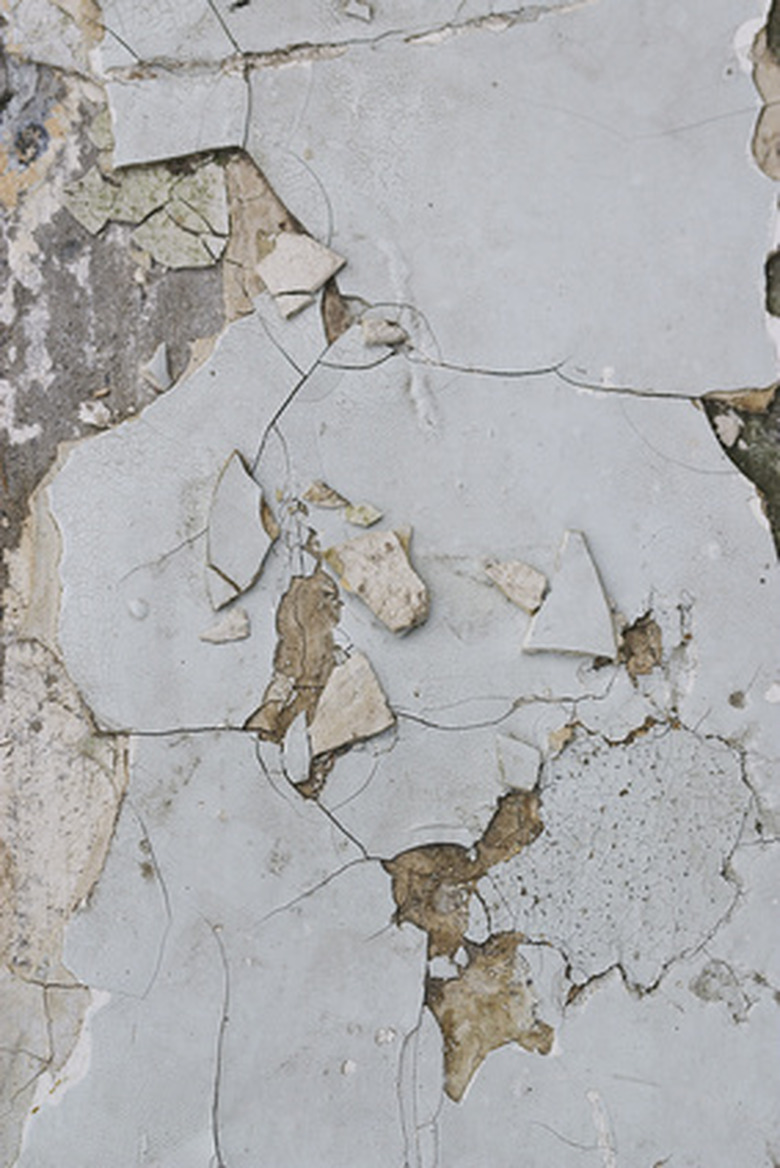How To Use Plaster Of Paris For Walls
Things Needed
-
Rag or brush
-
Cleaning solution
-
Plaster of Paris
-
Putty knife
-
Bucket or large container
-
Flat interior latex paint
-
Paint brush
It's a certain feeling of satisfaction when you can repair things in your home yourself without having to call a professional. Patching plaster walls is something that is easily done by the do-it-yourselfer with a little practice. Plaster of Paris can be very tricky to work with because it sets and hardens very quickly. When plastering with plaster of Paris, be sure to have all your tools and equipment ready and once you mix up the plaster, move quickly for a successful outcome.
Step 1
Clean the area that needs repairing with a damp rag or brush and a mild cleaning solution. The area to be repaired should be free of dirt, grime and loose plaster or paint.
Step 2
Mix 1 lb. of plaster of Paris with 6 oz. of cool water in a bucket or other large container until it becomes a smooth paste. Be sure to mix it thoroughly then let it rest for about one minute. Mix again for about one minute, adding enough water until you get the consistency you want. Only mix up what you will need because it hardens quickly.
Step 3
Lightly moisten the area to be plastered with a damp sponge or cloth. This helps the wet plaster of Paris to adhere better. Fill up the opening or crack with plaster using a putty knife. Smooth it until it's flush with the rest of the wall surface. If the area to be repaired is more than ½ inch deep or wide, fill the hole half full of plaster. Let this dry for several hours then mix up some more plaster as in Step 1, fill the remainder of the hole in and smooth it flush with the rest of the wall.
Step 4
Apply a high-quality, flat latex interior paint to the patched area with a paint brush once it is completely dry. Allow the paint to dry completely, then decorate with wallpaper or paint as desired.
Tip
Clean your tools and container quickly, before the plaster hardens.
Warning
Plaster of Paris can be difficult to work with because it dries so quickly. Do a trial run on a small area to assess its properties before applying to a larger area.
When mixing plaster of Paris, make sure to mix it in the precise proportions suggested by the manufacturer or cracks can form as it dries.
